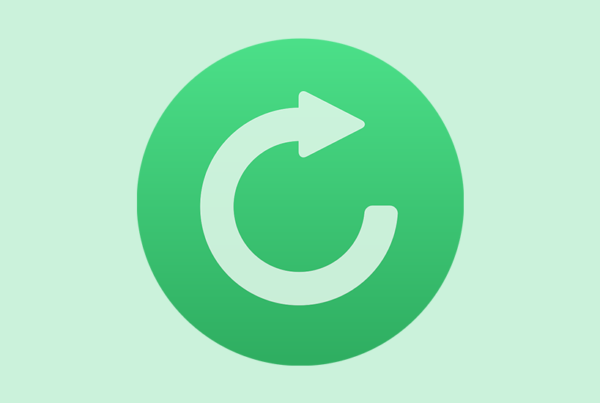
Software as a Service (SaaS) is a software delivery model in which a software application is hosted by a third-party provider and made available to customers over the internet. SaaS is a type of cloud computing, and it allows customers to access and use the software without having to install it on their own computers or servers. Instead, customers typically pay a subscription fee to access the software and its associated data and features.
SaaS applications are often designed to be accessed via a web browser, and they may also include mobile apps for access on smartphones and tablets. This allows customers to access the software and their data from any device with an internet connection. SaaS applications are also typically updated and maintained by the provider, which eliminates the need for customers to manage their own updates and upgrades.
SaaS is widely used for a variety of business and consumer applications, such as customer relationship management (CRM), enterprise resource planning (ERP), human resources management (HRM), and project management. Because SaaS is delivered through the cloud, it allows for easy scalability and flexibility, making it a good choice for businesses of all sizes and industries.
Cost-Effective Solutions
There are several cost-effective solutions for building a SaaS framework, including:
- Using a Platform as a Service (PaaS) provider: PaaS providers like Heroku, AWS Elastic Beanstalk, and Google App Engine offer a variety of services that can help reduce the cost of building and maintaining a SaaS application. These services include automatic scaling, load balancing, and monitoring, which can help lower the cost of running and managing the application.
- Using open-source software: Many popular web frameworks like Ruby on Rails, Django, and Laravel are open-source, which means that they can be freely used, modified, and distributed. This can help reduce the cost of building a SaaS application, as developers don’t need to purchase expensive licenses.
- Using serverless architecture: Serverless architecture allows you to run your code without having to provision or manage servers. This can help lower the cost of running a SaaS application, as you only pay for the resources you use. AWS Lambda, Azure Functions, and Google Cloud Functions are some popular examples of serverless platforms.
- Using containerization technology like Docker: Containerization allows you to package your application and its dependencies into a container, making it easy to deploy and run your application on any infrastructure. Services like AWS Elastic Container Service, Google Kubernetes Engine, and Azure Container Instances provide an easy way to run containerized applications at scale, and can help lower the cost of running a SaaS application.
Ultimately, the most cost-effective solution for building a SaaS framework will depend on the specific needs of the project and the resources available.
Best Framework for SaaS Applications
- Ruby on Rails: A popular web application framework written in the Ruby programming language. It is known for its “convention over configuration” approach and is often used for building MVPs (minimum viable products) quickly.
- Django: A high-level web framework written in Python that encourages rapid development and clean, pragmatic design. It’s often used for building complex, data-intensive applications.
- Laravel: A free, open-source PHP web framework, designed for web application development. It follows the model-view-controller (MVC) architectural pattern and aims to provide an elegant syntax.
- Express: A minimal and flexible Node.js web application framework that provides a robust set of features for web and mobile applications.
Conclusion
Ultimately, the best framework for a SaaS application will depend on the specific needs of the project, such as the programming language the team is comfortable with, the scalability and performance requirements, and the type of features the application needs to have.








